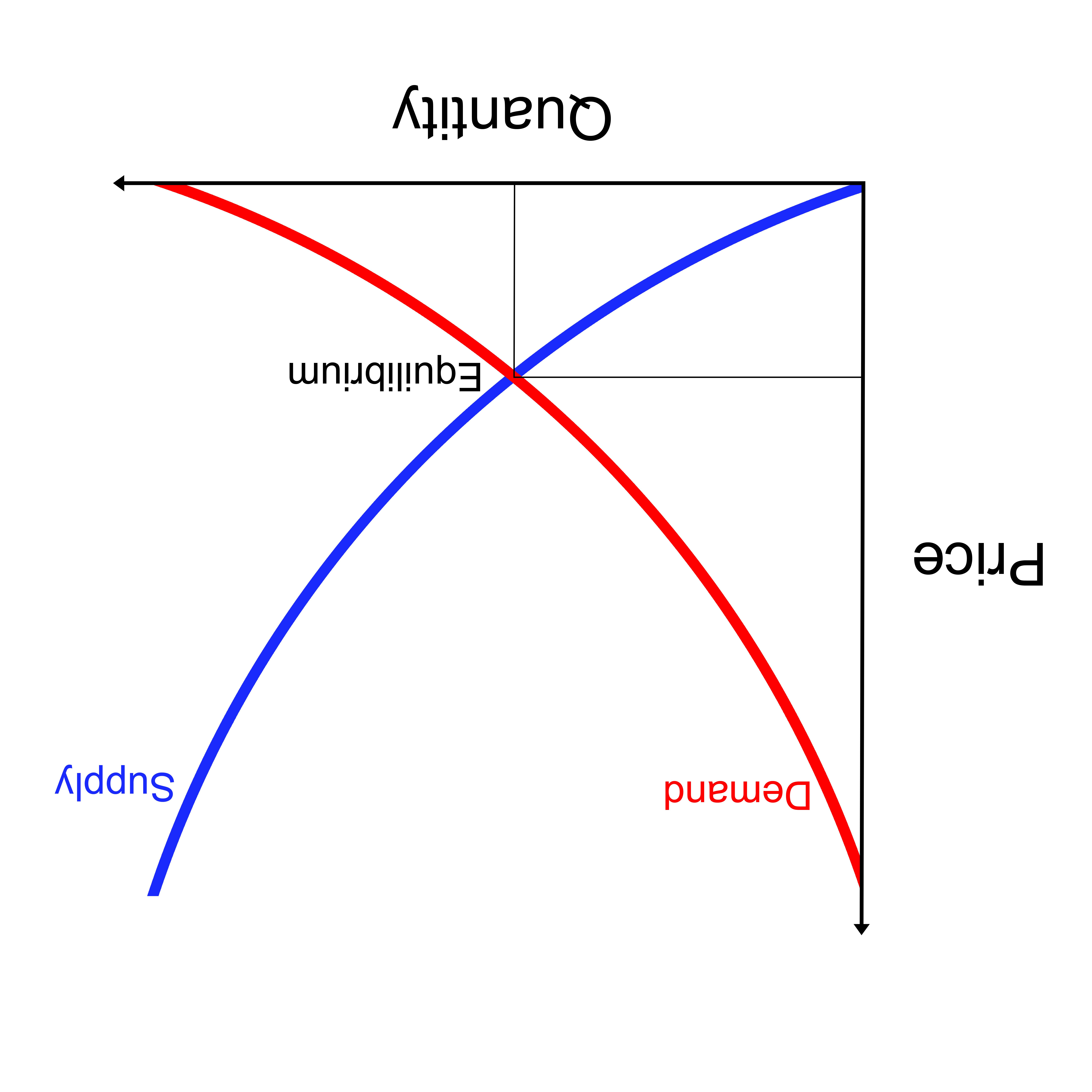Antitrust in 60 Seconds: The Failing Firm Defense in the US
The 60-Second Read:
The DOJ and FTC’s Horizontal Merger Guidelines incorporate the failing firm defense as part of the US antitrust framework. The enforcement of this defense in the context of merger control entails that an otherwise anticompetitive merger is permitted under the US antitrust laws when the target company qualifies as a failing business, i.e. (i) the acquired firm faces a grave probability of business failure, and (ii) there is no other prospective purchaser. During economically challenging times, parties to a transaction often claim the failing firm defense in merger contexts, as it is widely understood that the acquisition of failing businesses is often a better solution than having a business exit the market.
What Is the Failing Firm Defense?
Section 11 of the DOJ and FTC’s Horizontal Merger Guidelines (the “Guidelines”) includes the failing firm defense as part of the US antitrust framework. As such, the Guidelines establish that “[…] a merger is not likely to enhance market power if imminent failure, as defined below, of one of the merging firms would cause the assets of that firm to exit the relevant market.”
In other words, a failing company can be acquired by another competitor even if such acquisition would raise anticompetitive effects but for the fact that absent the transaction the acquired company would exit the market.
The theory behind including the failing firm defense as part of the US antitrust framework is that if the relevant assets would exit the market absent the transaction, customers wouldn’t be worse off in a post-merger market. Prof. McChesney, for example, suggests that the “acquisition of a failing firm is always efficient.”
What Constitutes a Failing Company?
The Guidelines, as amended in 2010, provide for a three-pronged test that must be met in order for antitrust agencies to credit failing firm defenses raised in merger review processes, namely:
- The allegedly failing firm would be unable to meet its financial obligations in the near future;
- The firm would not be able to reorganize successfully under Chapter 11 of the Bankruptcy Act; and
- The firm has made unsuccessful good-faith efforts to elicit reasonable alternative offers that would keep its tangible and intangible assets in the relevant market and pose a less severe danger to competition than does the proposed merger.
The test to qualify as a failing firm company as defined in the Guidelines is the result of the evolution of Supreme Court case law. In 1930, the Supreme Court accepted for the first time the failing firm defense in the International Shoe case. However, it was in the Citizen Publishing, and subsequent decisions such as General Dynamics or Greater Buffalo Press, when the Supreme Court clearly established the test for antitrust agencies to credit a failing firm defense including that the merging parties must show that the acquiring company is the only available purchaser.
What Is the Failing Division Defense?
Similar to the failing firm defense, the acquisition of a failing division is unlikely to raise anti-competitive concerns. The Guidelines also foresee the cumulative conditions that must be met in order for antitrust agencies to credit parties claiming the failing division defense, namely:
- ¨applying cost allocation rules that reflect true economic costs, the division has a persistently negative cash flow on an operating basis, and such negative cash flow is not economically justified for the firm by benefits such as added sales in complementary markets or enhanced customer goodwill; and
- the owner of the failing division has made unsuccessful good-faith efforts to elicit reasonable alternative offers that would keep its tangible and intangible assets in the relevant market and pose a less severe danger to competition than does the proposed acquisition. ¨








